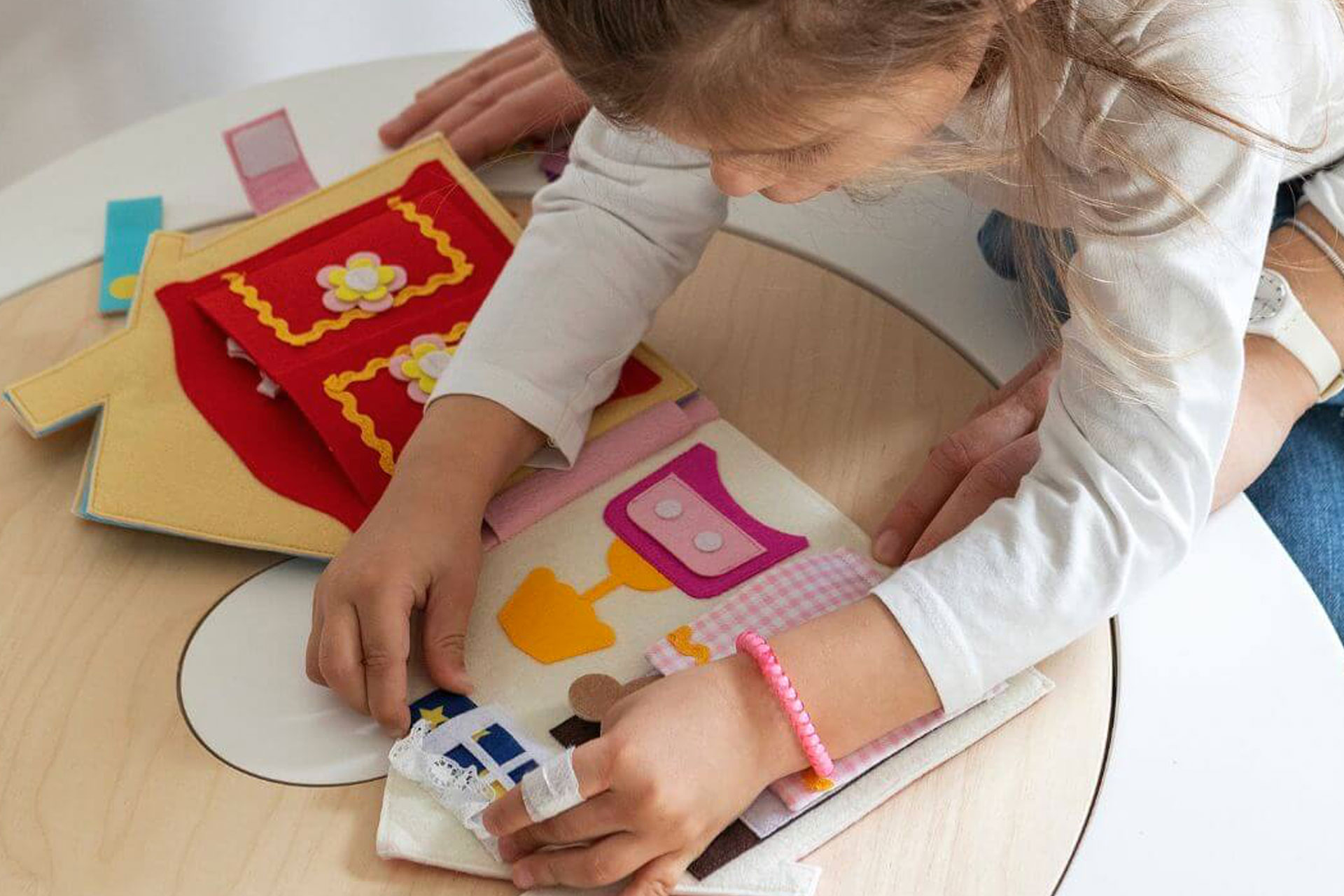The Importance of Compliance with European Directives for Children’s Toys
When it comes to children’s products, safety is a top priority. Children are vulnerable and depend on adults for their protection. Therefore, ensuring that products intended for children are safe and comply with international guidelines is of paramount importance. In this article, we will explore the importance of child product safety and the need to comply with international guidelines.
1) The Vulnerability of Children
Children, especially very young children, do not have the ability to recognize hazards or make informed safety decisions. They are naturally curious and experience the world through interaction with surrounding objects. Therefore, it is essential that products intended for children are designed and manufactured with safety in mind to avoid injury or accidents.
2) International Safety Guidelines
To ensure the safety of children’s products, there are specific international directives that set strict standards. Examples include EN 71 for toys in Europe and the Consumer Product Safety Improvement Act (CPSIA) in the United States. These directives cover a wide range of children’s products, including toys, clothing, early childhood equipment, and more.
3) Safety Testing and Certifications
To ensure compliance with safety directives, manufacturers must subject their products to rigorous safety tests conducted by accredited laboratories. These tests verify compliance with the safety requirements specified in the directives. In addition, many directives require the application of conformity markings, such as the CE mark in Europe or the CPSC mark in the United States, which demonstrate that the product has passed safety tests.
4) Responsibilities of Manufacturers and Distributors
Manufacturers and distributors of children’s products have a great responsibility in the safety of the products they put on the market. They must conduct proper safety tests, keep track of any reports of hazards, and withdraw noncompliant products from the market in a timely manner. In case of accidents or injuries related to their products, they must also inform the relevant authorities and take corrective action.
5) Role of Parents and Consumers
Parents and consumers have a crucial role in promoting the safety of children’s products. They should do research, read product reviews, and check whether products have safety certifications. When in doubt about the safety of a product, it is critical to contact the manufacturer or distributor for additional information.
In conclusion, the importance of safety and compliance with international guidelines in children’s products is paramount. The lives and well-being of children depend on the safety of the products they use. Therefore, parents, manufacturers, and distributors must work together to ensure that children’s products meet the highest safety standards and that only safe and reliable products are available on the market.





